One of the most common behavioral issues that many dog owners have to face is separation anxiety. Although it’s more common in younger pups, all dogs can develop separation anxiety, regardless of their age. Now, more than ever, it’s become a topic that many dog owners struggle with.
For the duration of the pandemic, most of us were forced to stay home for the majority of the time. This, of course, meant more time and attention for our four-legged family members. However, resuming the pre-pandemic 9-5 routine might affect our pets more than we realize. In this article, we’re going to explore the symptoms of separation anxiety in dogs, and share with you the best methods on how to help a dog with separation anxiety.
What Is Separation Anxiety?
Does your dog persistently howl once you leave the house? Or obsessively pace around in circles until you get back home? Chances are, your dog might be suffering from separation anxiety. A common issue in dogs, separation anxiety causes a dog to experience severe stress when left alone.
When developing separation anxiety, dogs start showing symptoms that are often regarded as just behavioral problems. Although the symptoms are behavioral, it’s important we understand the root cause and tackle it accordingly. Dogs who have separation anxiety do not cause trouble out of spite or to get back at you for leaving them alone. Rather, it seems that some dogs get extremely scared by the thought of being left alone in the house.
What Causes Separation Anxiety In Dogs?
It’s not exactly known why some dogs develop separation anxiety. It’s usually more common in dogs who are clingy by nature or who have experienced traumatic events. For example, being abandoned, living in a shelter, or being given to a new family. Other triggers include moving to a new house, death or divorce in the family, or change in schedule and daily routine.
In light of the COVID-19 pandemic, we might see a surge in separation anxiety now that pet owners have to return to offices after spending more than a year working from home. If your dog was used to being home alone before the pandemic, it’s likely they need some time to re-adjust to your old schedule.
Some breeds are also known to be at a higher risk of separation anxiety, including Poodle mixes. We asked our email newsletter subscribers if their Doodles struggle with this problem and here are their answers:
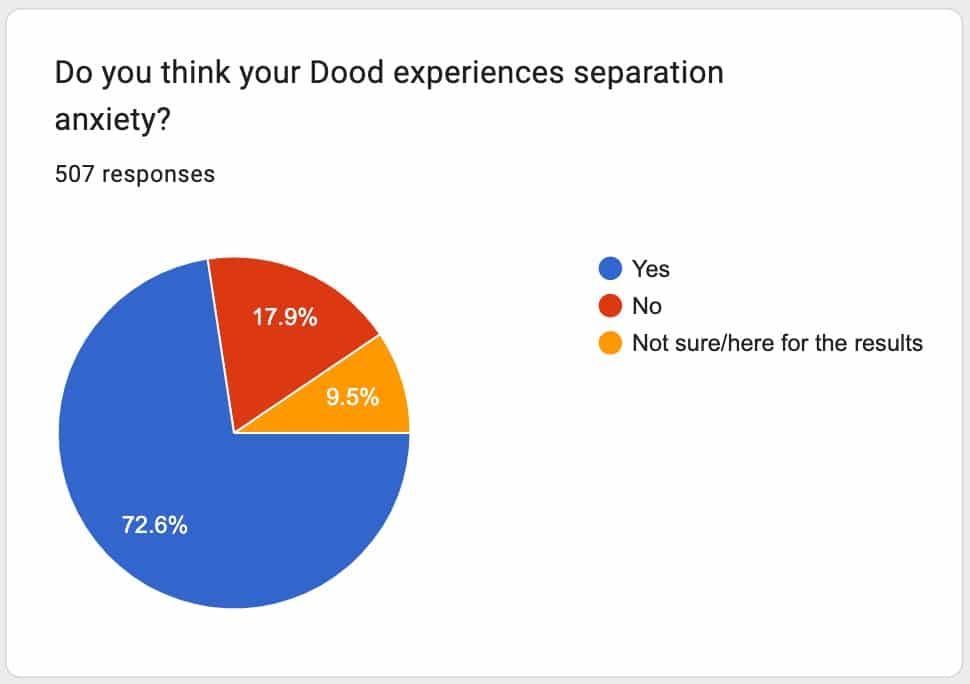
Separation Anxiety in Dogs: Symptoms
Before you learn how to help a dog with separation anxiety, it’s important you first know what signs to look for. So, how do I know if my dog has separation anxiety? What are the symptoms of separation anxiety in dogs?
When it comes to separation anxiety, dogs’ symptoms can range from mild to severe. Some dogs just guilt trip their human parents with a sad cry when they’re left alone, others become destructive. Nevertheless, as your dog is experiencing severe stress, you should never scold or punish them. Separation anxiety isn’t a voluntary behavior, and it causes your dog just as much discomfort as it does to you.
Urinating and Defecating
A common separation anxiety symptom in dogs is leaving accidents around the house when you’re not home. However, it’s important to first rule out any medical problems, as urinating and defecating in the wrong place can indicate a more serious health issue. Also, it’s not uncommon for accidents to happen when your pup isn’t fully potty trained just yet.
Barking and Howling
Another common symptom of separation anxiety in dogs is constant barking or howling. Dogs often express their stress by becoming very vocal. Some dogs bark, some howl, and others start to whine and cry. Although not the most severe symptom of separation anxiety, excessive vocalization is still a clear sign that your dog gets stressed when you leave them alone.
Chewing, Digging and Destruction
Causing destruction around the house is one of the most troubling signs of separation anxiety in dogs. Pups with separation anxiety usually target window sills and door frames in hopes to escape. A dog with separation anxiety might chew on objects like shoes, dig at doorways, or frantically scratch at windows. The goal is almost always to escape. Some dogs who suffer from severe anxiety might even take it too far and injure themselves in the process. For instance, you might notice cuts, broken teeth, and nails.
Pacing
Dogs with separation anxiety might display anxious behaviors like pacing in patterns. Some pups get anxious when you start getting ready to leave the house, others will keep themselves occupied with obsessive pacing while they’re home alone.
How To Help A Dog With Separation Anxiety
As with anything, prevention is key. With appropriate training, your puppy should get used to spending time alone from a young age. However, it’s not uncommon for more mature dogs to need help with separation anxiety, either. Especially now that many dog owners have to return to the office after being with their pets 24/7.
For young puppies that were adopted at the height of the pandemic, separation anxiety can hit hard. That’s why it’s especially important to start training your puppy as soon as you bring them home. Although working from home removes the distance and obvious barriers between you and your puppy, you should still stick to a routine to enforce good behavior and confidence in spending time alone.
The key is creating boundaries and introducing your dog to alone time. Some pups pick up new behaviors quickly, others might need some more time to adjust. The most important thing for you to do is to stay firm and consistent.
What’s more, don’t underestimate building a strong relationship with your dog and provide them with a healthy and balanced lifestyle. A good diet, appropriate training, a safe and loving living environment, and plenty of exercise are all needed to provide your dog the mental and physical stimulation it needs for a well rounded and confident behavior. For instance, exercise helps channel your dog’s physical energy while also inducing mood stabilizing chemicals that calm an anxious mind.
Recognize The Signs Of Stress
Noticing the signs of stress and anxiety will be your cue to take more serious action. Look for any unusual or even obsessive behavior that your dog otherwise wouldn’t show. Some whining when you leave the house is completely fine, but if it becomes obsessive and persistent, you should probably take action to relieve the stress.
You might also want to pay attention to your dog’s overall body language and how they carry themselves in different situations. Do they seem relaxed and happy? Or is your dog walking around looking stiff and tense? The better you know your dog, the better you’ll be able to tell how they feel. If you’re unsure which symptoms of separation anxiety your dog displays, set up a camera like thee below to see how they behave when you’re away.
Pet Camera
Create A Safe Space
With separation anxiety, dogs display a wide range of symptoms that can be more or less destructive. One of the best training methods to combat and prevent separation anxiety is crate training. The goal is to provide your pup a safe haven, a cozy place where they can relax, play, and spend some quality time on their own. You shouldn’t use the crate as a punishment or keep your dog there for prolonged periods of time. Instead, this should be a completely safe space where your dog can feel comfortable when you’re not around. Give your pup a few chew toys, tasty treats, and make sure it’s soft and cushy to relax in.
You can also dog-proof your home to provide a safer space for your dog. Not all dogs are okay with crates, and there’s no point forcing your pup to enjoy it. If your dog shows signs of stress and anxiety like panting or excessive howling while inside the crate, you can opt for stair gates or baby gates like the below, that will keep your dog in a safe and confined area. Additionally, if your pup tends to get destructive, make sure they can’t access trash or other objects they might want to destroy when left alone.
Enrichment Toys
Puzzles and enrichment toys that require some mental and physical effort are a great way to calm your dog’s mind and divert their attention. A simple yet effective hack is to give your dog a puzzle toy filled with yummy treats while you leave the house. You can even freeze the treat-filled toy to keep your dog busy for longer. You should only give access to those treats and toys while you’re out, and put them away once you get home. This will keep your pup occupied and teach them to associate you leaving with positive things. However, keep in mind that enrichment toys and puzzles only help in mild cases of separation anxiety. In severe situations, your dog most likely won’t touch their food or toys when you’re away.
Additionally, you can turn on the TV or play an audiobook for your dog once you leave the house. Background noises and calm human voices can have a soothing effect on dogs who are scared to be home alone.
Hire Help If You Need It
A huge problem many dog owners now face is returning to the office after working from home during the pandemic. Even just a few months of disruption in your usual routine can make it that much harder for your dog to re-adjust. Oftentimes, having someone in the house can relieve your dog’s anxiety a great deal. You might want to hire a dog sitter or dog walker who can give your dog attention when you’re away from home. And the extra workout during the day can do wonders to calm your dog.
In severe cases of distress, you might want to hire a certified trainer or veterinary behaviorist who can teach you how to help a dog with separation anxiety. Treatment typically includes a combination of dog separation anxiety training methods like desensitization, counterconditioning, medication, and treats.
Teach Them New Cues
Highly trainable and eager to please, dogs pick up on our cues very easily. If you reward your dog’s separation anxiety symptoms with cuddles, attention and baby talk, you’re going to have a difficult time every time you leave the house. Instead, don’t make a big deal out of your comings and goings. When you leave the house, don’t drag out the goodbyes. When you get back home, say hi in a calm voice and wait until your dog is relaxed before you give them any more attention. If you make a big deal out of leaving, it’s going to be one.
Another method is to reduce the anxiety your dog experiences before you leave. It’s very likely that your pup knows when you’re about to leave – they see you getting ready, picking up the keys, or putting on shoes and outerwear. If your pup shows signs of separation anxiety before you leave, mix up the signals to ease your dog’s mind. For example, take your keys and put them in your pocket, but don’t leave the house. Instead, cook dinner, do some housework, or watch TV. By switching up the cues, you’ll teach your dog not to freak out every time they hear or see you taking the keys. However, be prepared, as this is most likely going to be a long process that you need to practice consistently over a longer period of time.
Dog Separation Anxiety Training
It doesn’t matter how tasty a treat is or how entertaining a toy can be, dogs with serious anxiety won’t be able to focus on anything but their panic-mode. So how to help a dog with separation anxiety in severe cases?
In those instances, dog separation anxiety training is a necessity. Desensitization and counterconditioning are two techniques that many professional trainers recommend. The desensitization technique teaches your dog to enjoy spending time alone. You will start out by leaving your pup alone for a few minutes at a time. You can do it multiple times every day, and build up the duration of your absences each day. The next day you can leave for 5 minutes, then 10 minutes, 20, and so on.
On the other hand, counterconditioning helps shift your dog’s anxious reactions with the help of some nice treats and toys. When desensitizing your pup, counter their anxious reaction with a treat that they love. Doing this consistently over time, your dog will learn that they’ll be rewarded after separation.
We’ve tried, tested, and absolutely love the Online Puppy School by Baxter & Bella, which includes tons of classes and courses on house training, crate training, socialization, and more. It’s such a comprehensive program that teaches dogs of all ages essential skills, behaviors, and boundaries. The program gives you unlimited lifetime access to all the training resources, including how-to videos, checklists, printable charts, articles, and even a forum for the pup parents. Because remember, your puppy is less likely to develop separation anxiety when they’re properly trained.
How To Help A Dog With Separation Anxiety FAQ
How Do I Stop My Dog’s Separation Anxiety?
Separation anxiety is something worth considering as soon as you bring your new puppy home. As difficult as it sounds, you should not give your dog access to attention and affection any time they want. Set a daily schedule and stick to it. We recommend setting dedicated mealtimes, engagement times, exercise, and alone time. This will set your dog up for success when they’re home alone.
If your dog already struggles with separation anxiety, learn the training techniques we mentioned above, as these have been helpful for countless dogs in similar situations. In case of a mild separation anxiety, you might find great relief from special treats and enrichment toys. In severe cases of separation anxiety, you will have to invest more time in continuous training. Additionally you might want to look up a veterinary behaviorist or a certified trainer who can teach you how to help a dog with separation anxiety.
Can Pet Owners Get Separation Anxiety?
When it comes to separation anxiety, dogs aren’t the only ones who can suffer. As many of us consider pets our family members, it’s possible that we too can develop separation anxiety when being away from our beloved companions. Of course, the symptoms humans experience are quite different and involve more anxious and intrusive thoughts.
Will Puppies Eventually Get Used To Being Alone?
All puppies will get used to being alone. However, this requires consistent work on your part. Dog separation anxiety training should start as soon as you bring your new puppy home. Just like you will teach your puppy to potty train, you will have to teach your new friend how to enjoy spending time alone. The sooner you start, the easier it will be. Although it might be tempting to cuddle your little furbaby non-stop, you have to show some restraint to set your pup up for a healthy and confident life.
Can Separation Anxiety Hurt A Dog?
Many symptoms of separation anxiety in dogs are more annoying than harmful. On the other hand, dogs suffering from severe separation anxiety can seriously harm themselves. Additionally, regular stress can affect your pup’s overall health. Regardless if your dog experiences mild or severe separation anxiety, you should work on the issue to improve your dog’s and your own quality of life.
In conclusion, although a common issue in dogs, separation anxiety can become a big problem when left unattended. We hope this article helped you understand this condition many dogs struggle with, recognize the symptoms, and take appropriate steps to make the experience less stressful for your furry companion.
To learn more about this topic, check our all our articles on training and behavior.
Learn How to Care for Your Doodle Puppy!

Perfect for first-time Doodle parents, get ALL your questions answered, including questions new Doodle parents don’t even think to ask.
Plus, get $700 worth of Bonus Materials for FREE, including:- Doodle Parenthood Community and Support Group ($190 value)
- Doodle Puppy Growth Tracker ($20 value)
- EMERGENCY Cheatsheet: When To Call The Vet Immediately ($50 value)
- HELP! Button ($145 value)
- And SO MUCH MORE!
The information on this page is for informational purposes only. It is not intended to be a substitute for qualified professional veterinary advice, diagnosis, or treatment. Always seek the advice of your veterinarian or other qualified animal health provider with any questions you may have.

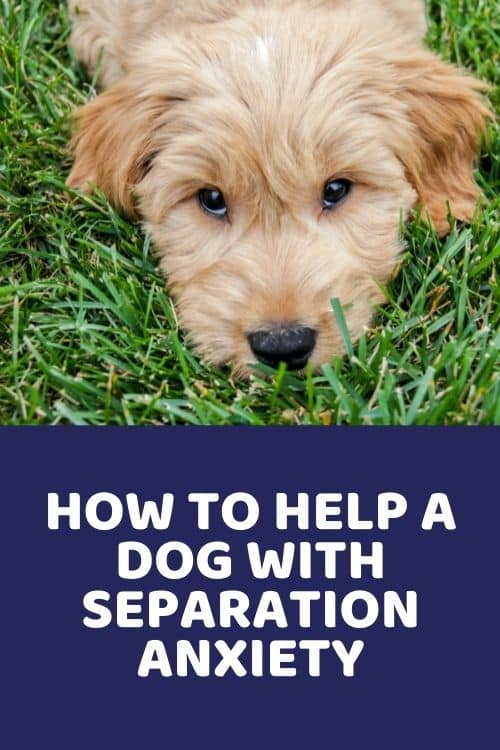


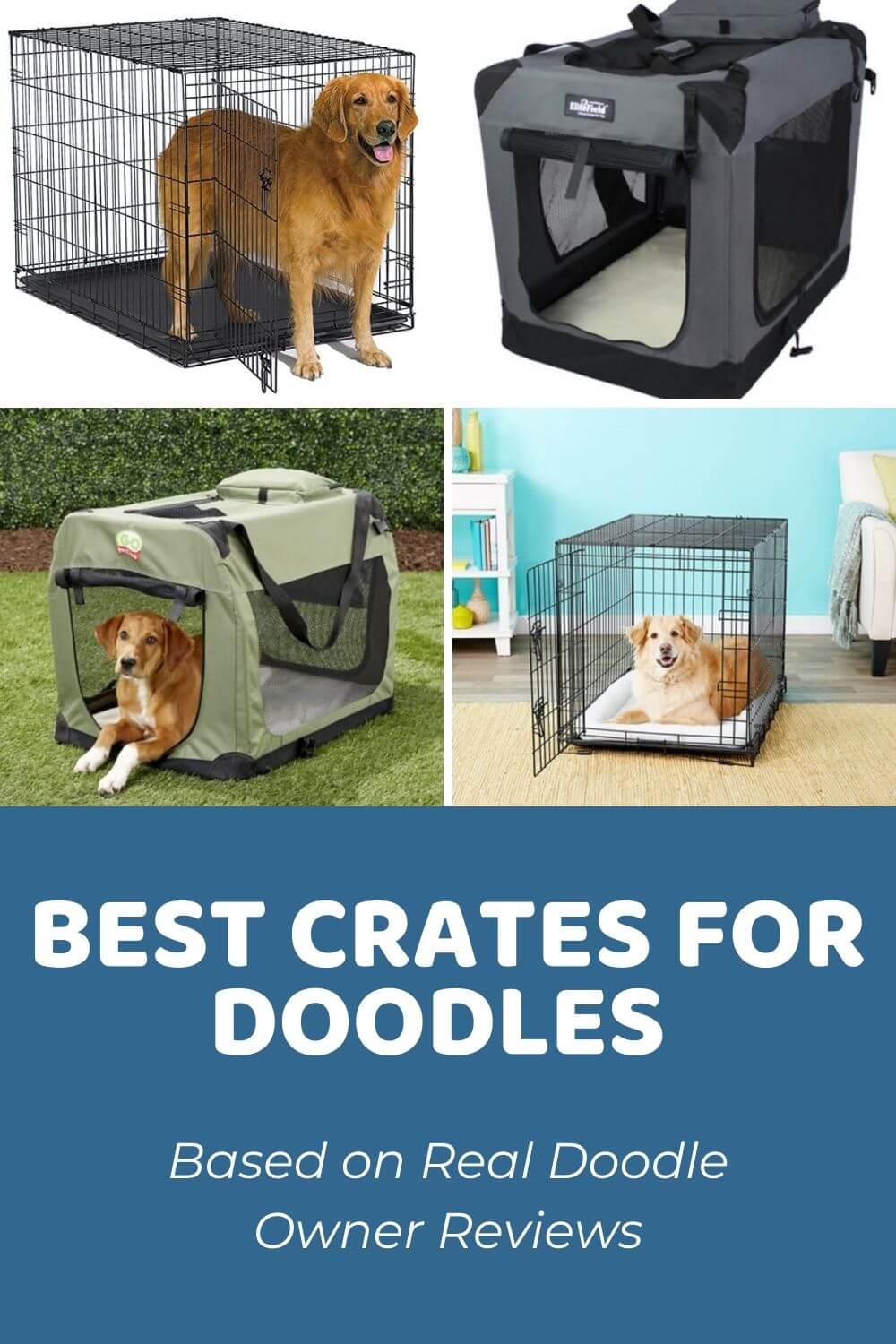
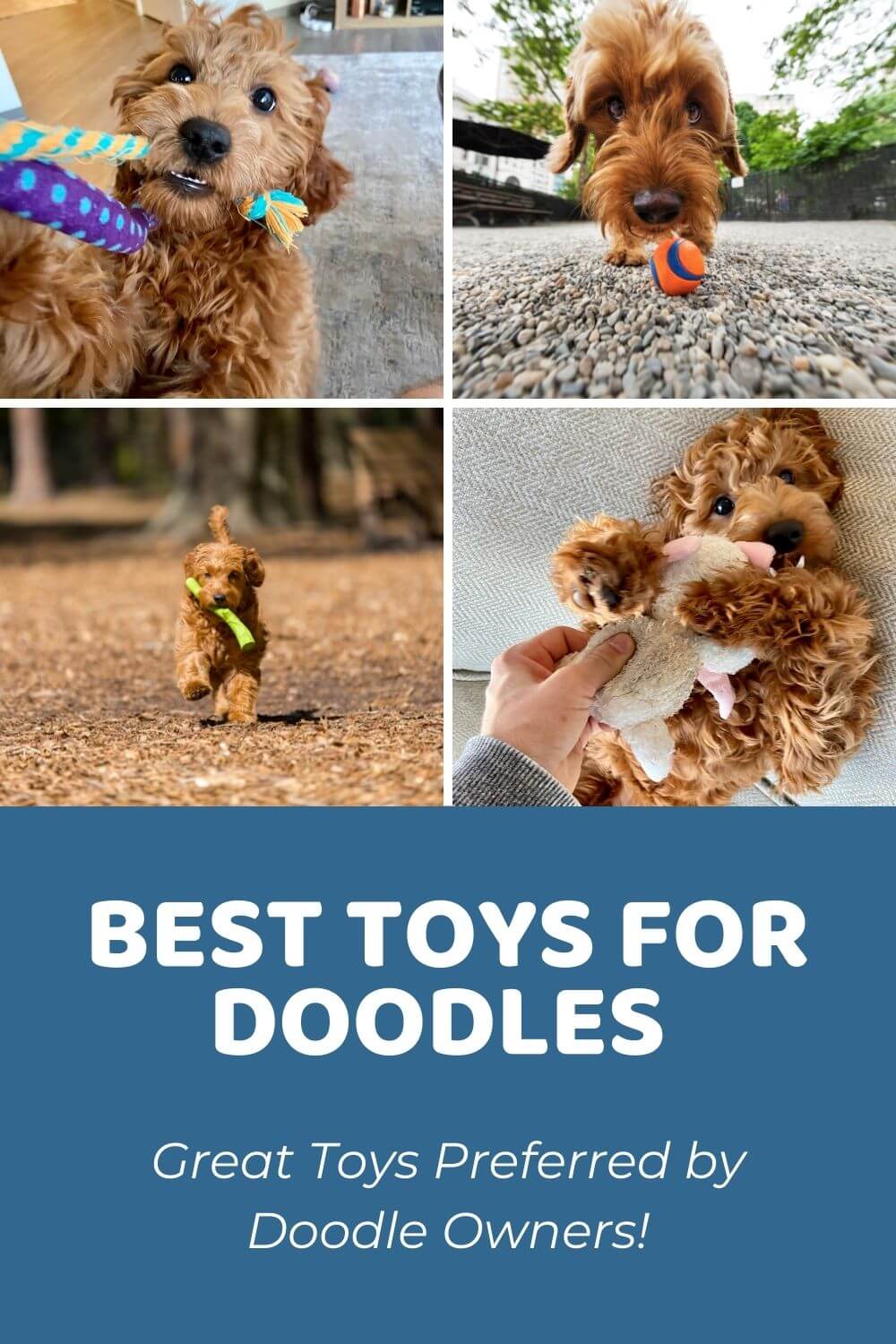
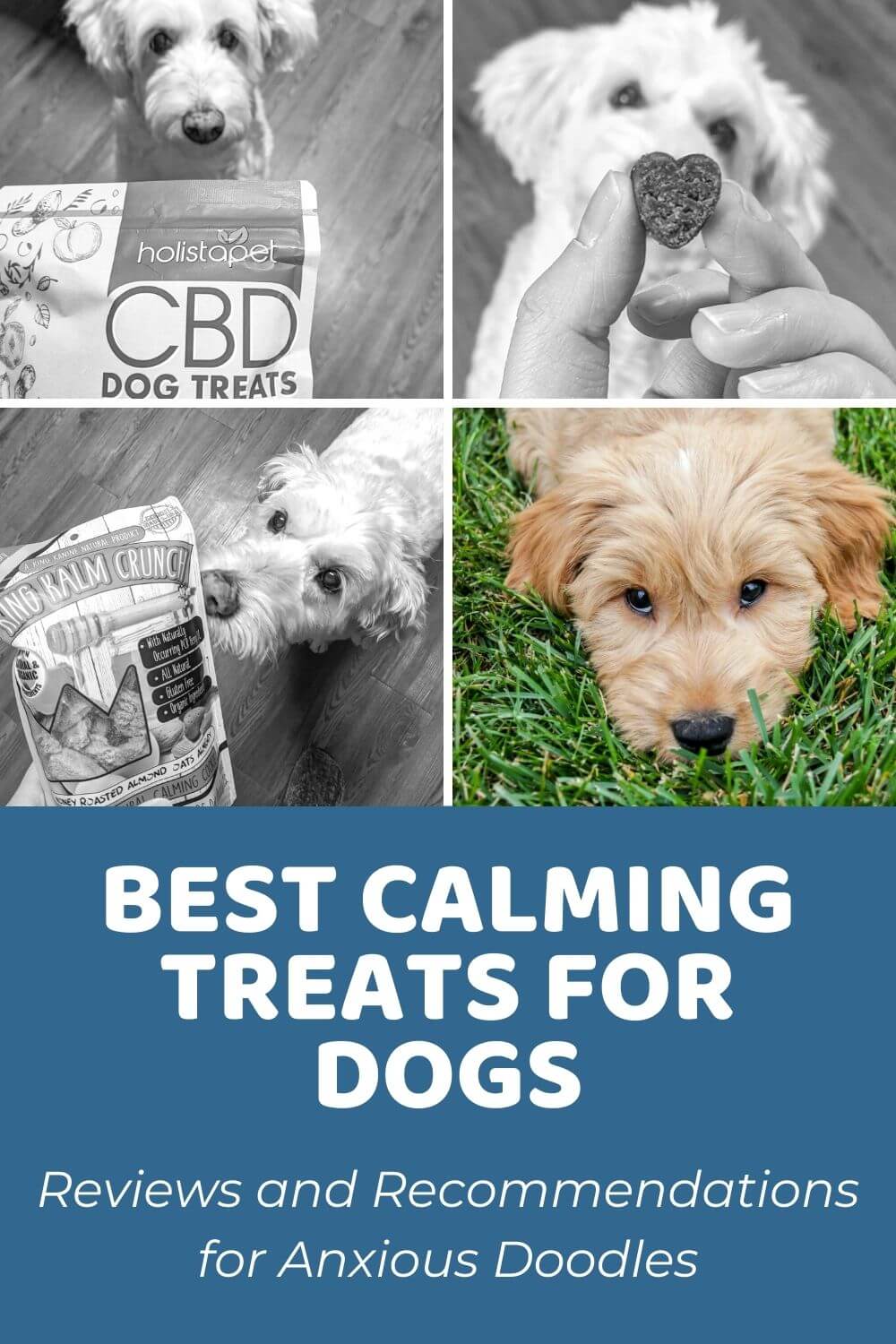

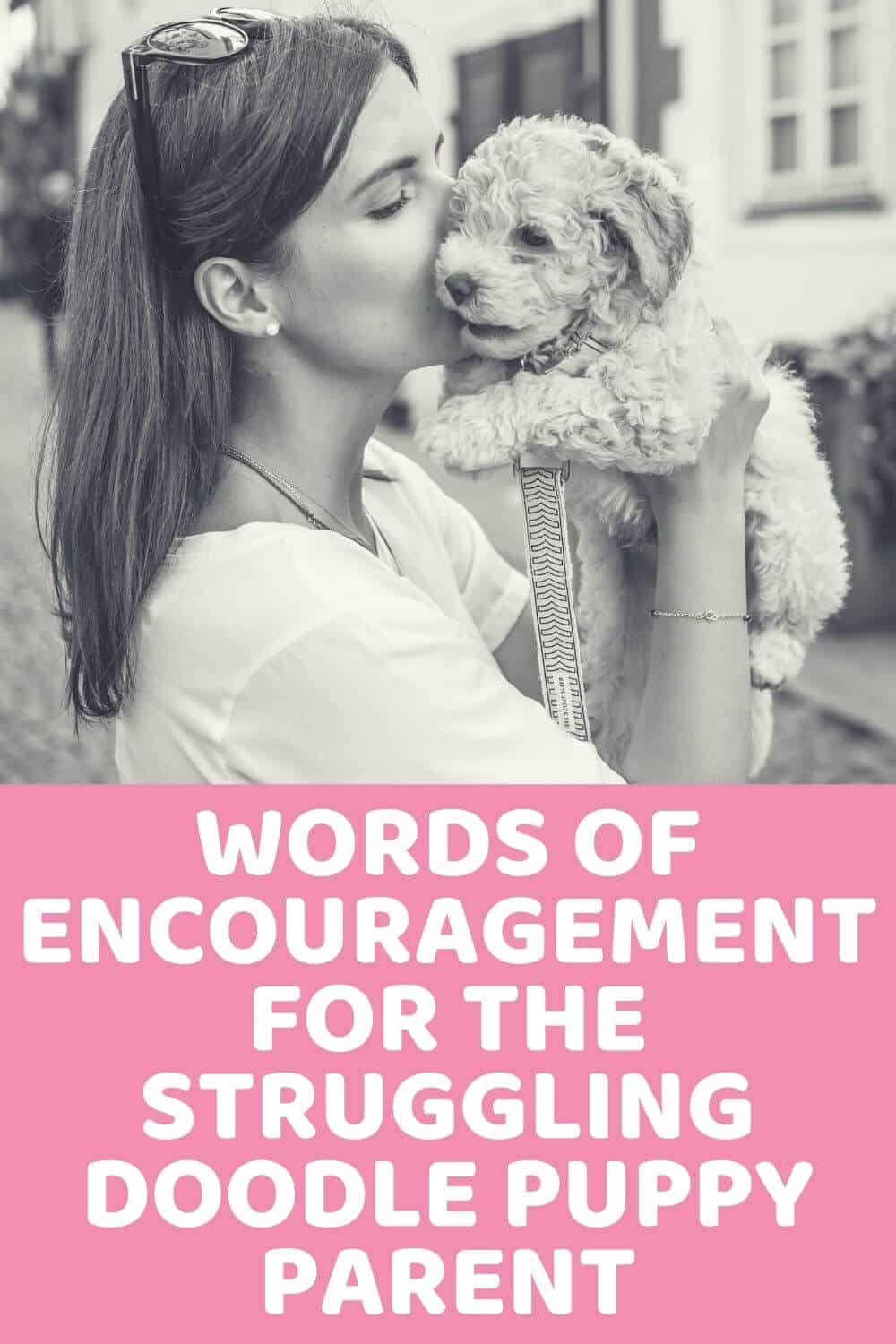
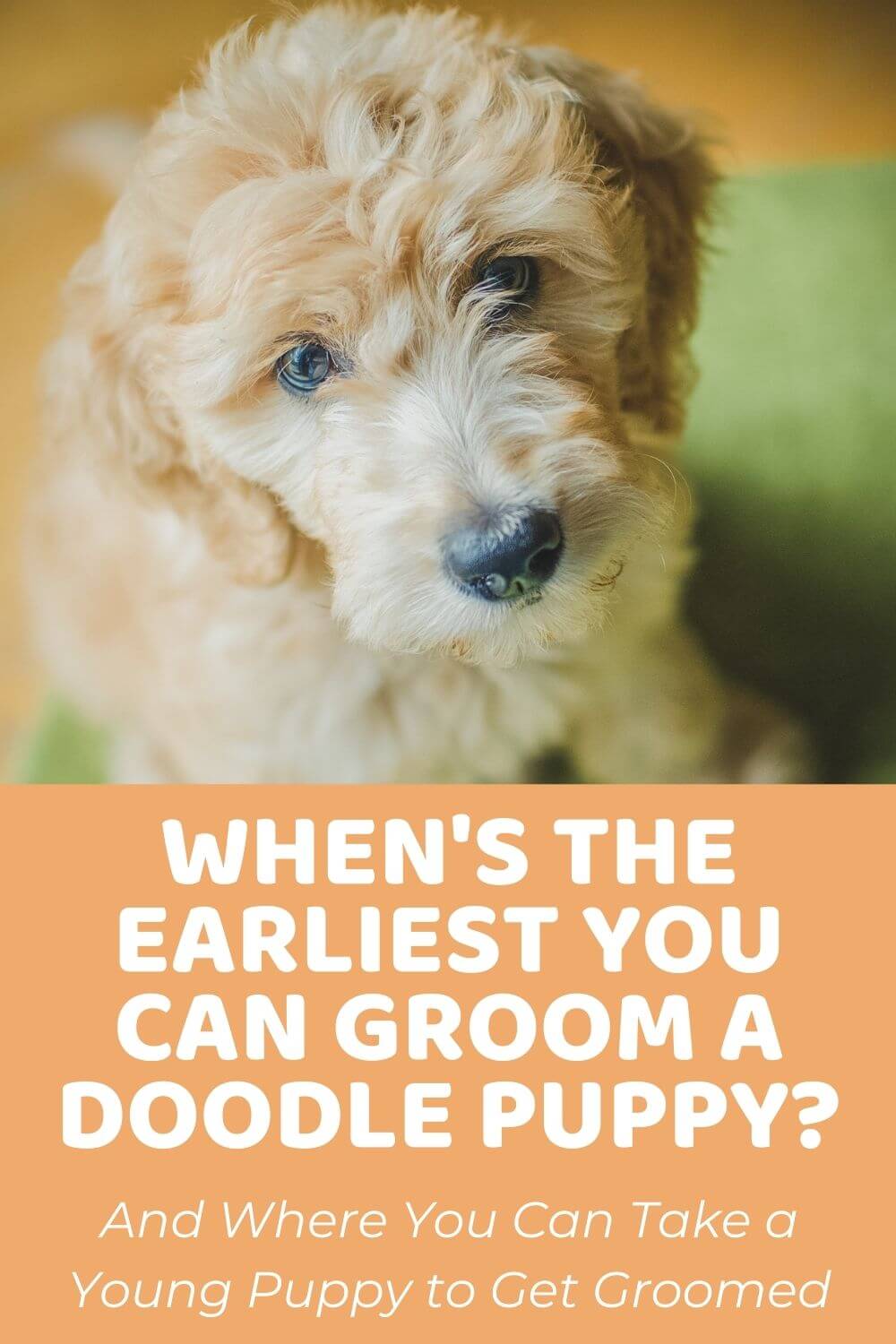
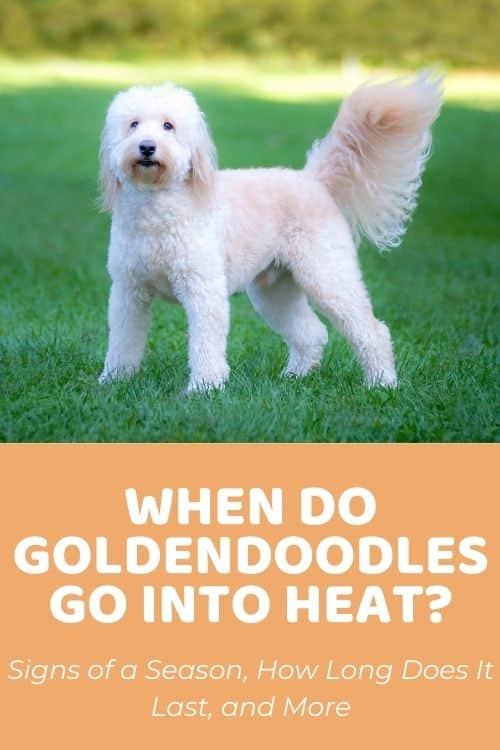
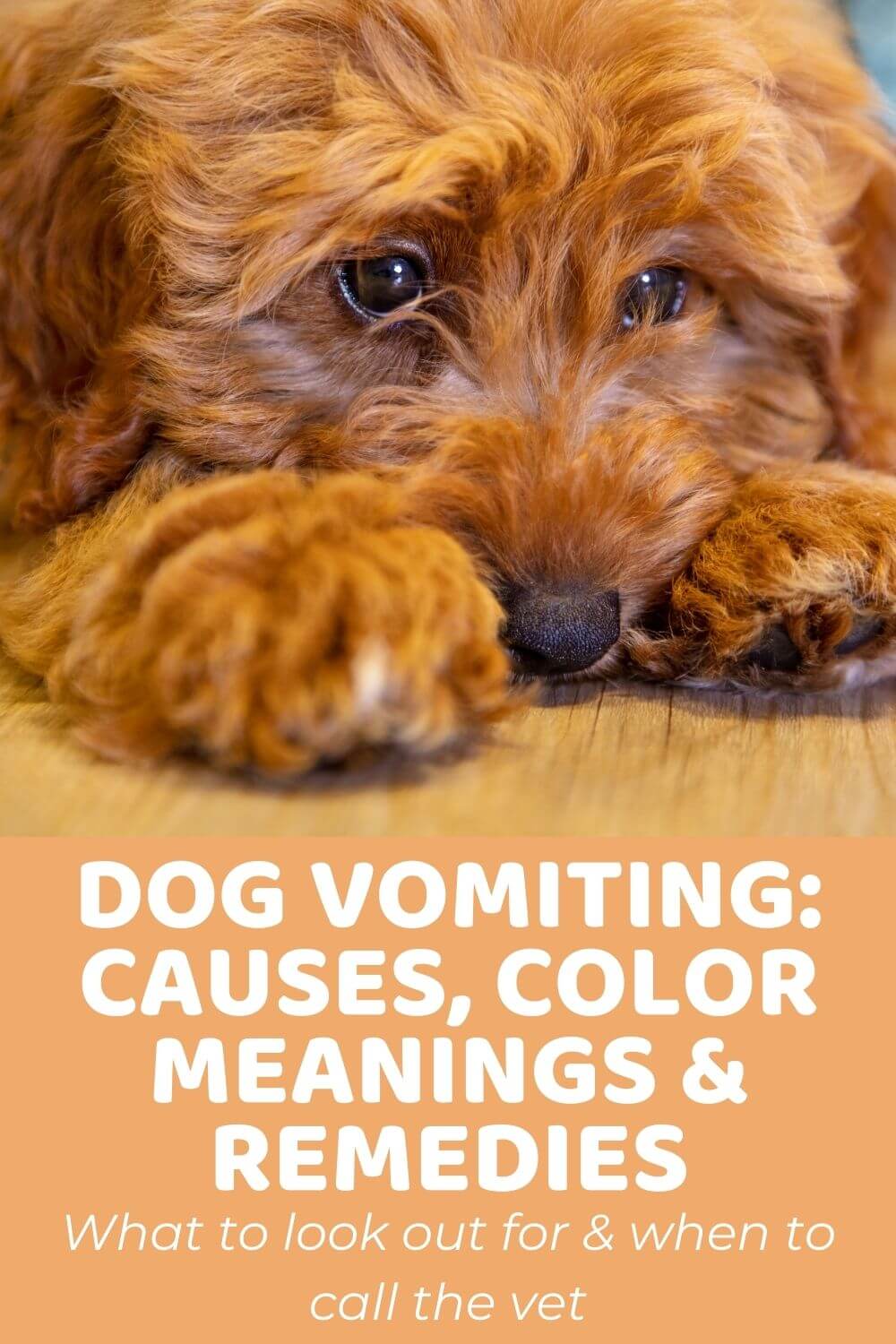
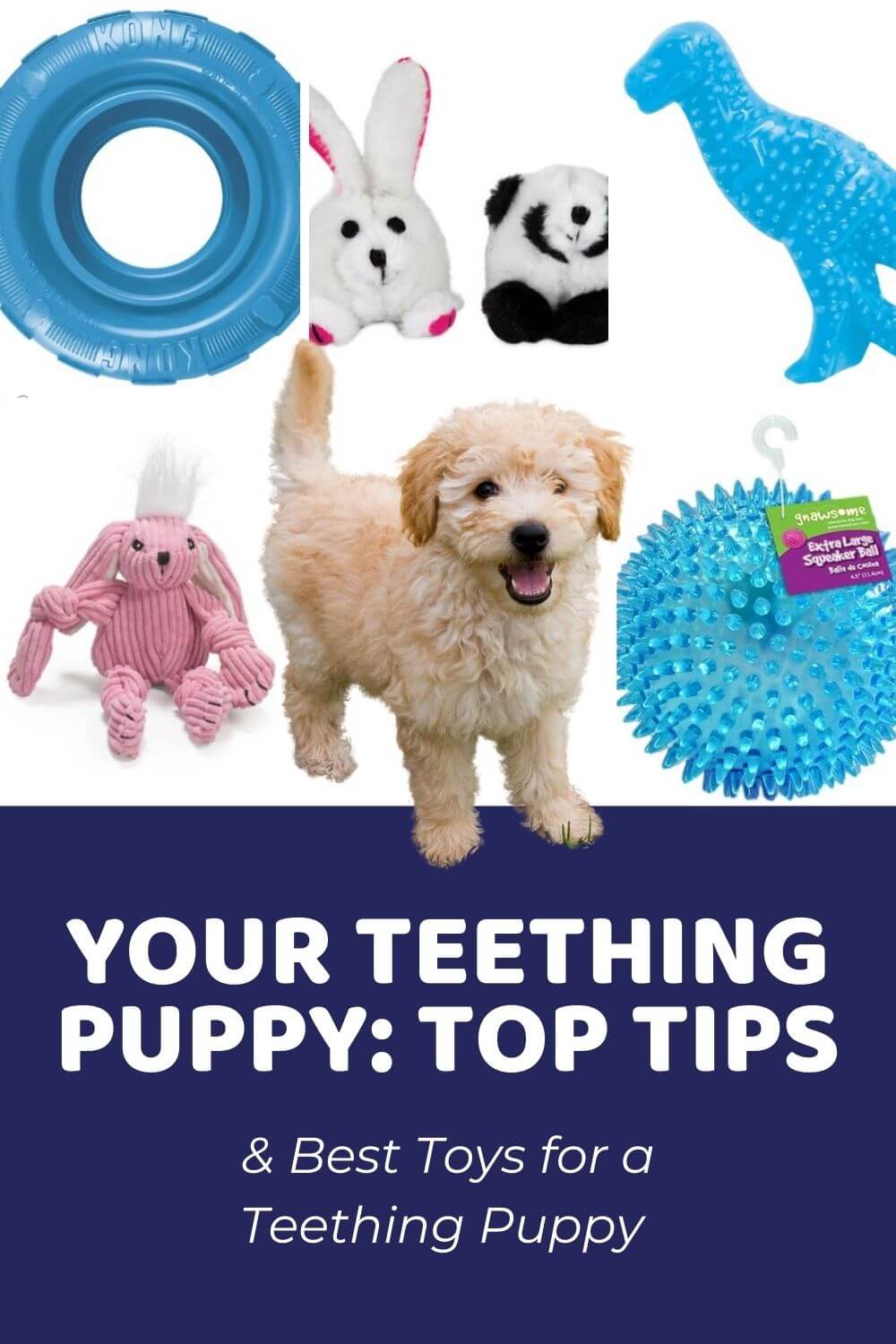
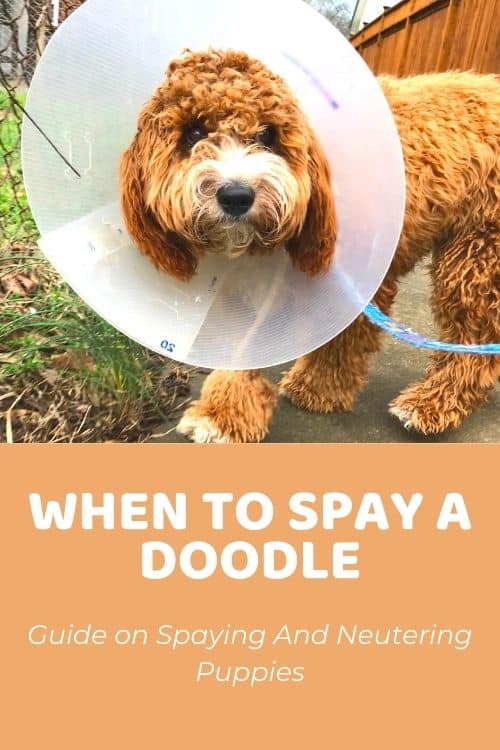

this is such a big help thanks doodle doods i’m getting a sweet golden aussiedoodle named charlotte
July 10, 2023 at 9:46 am